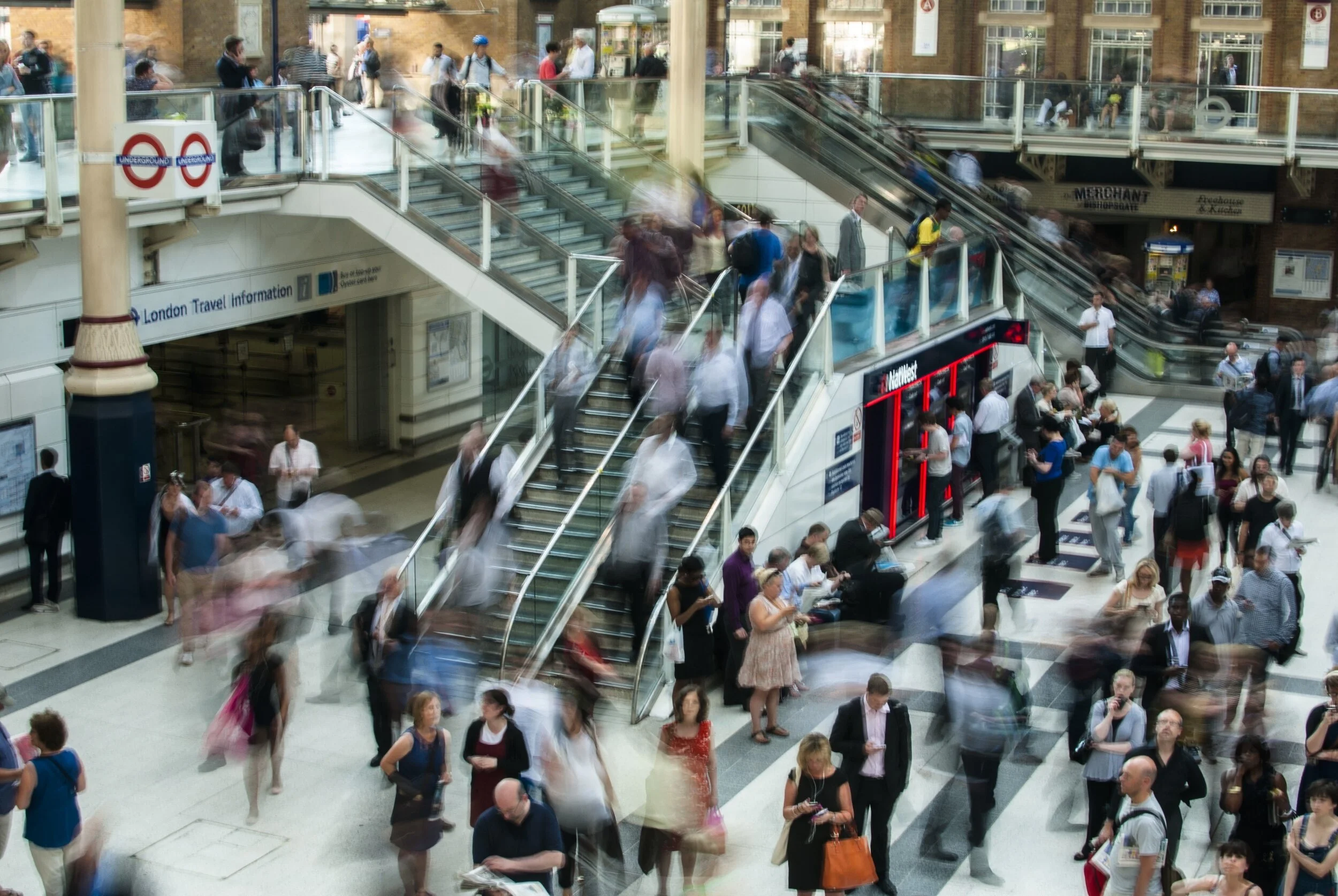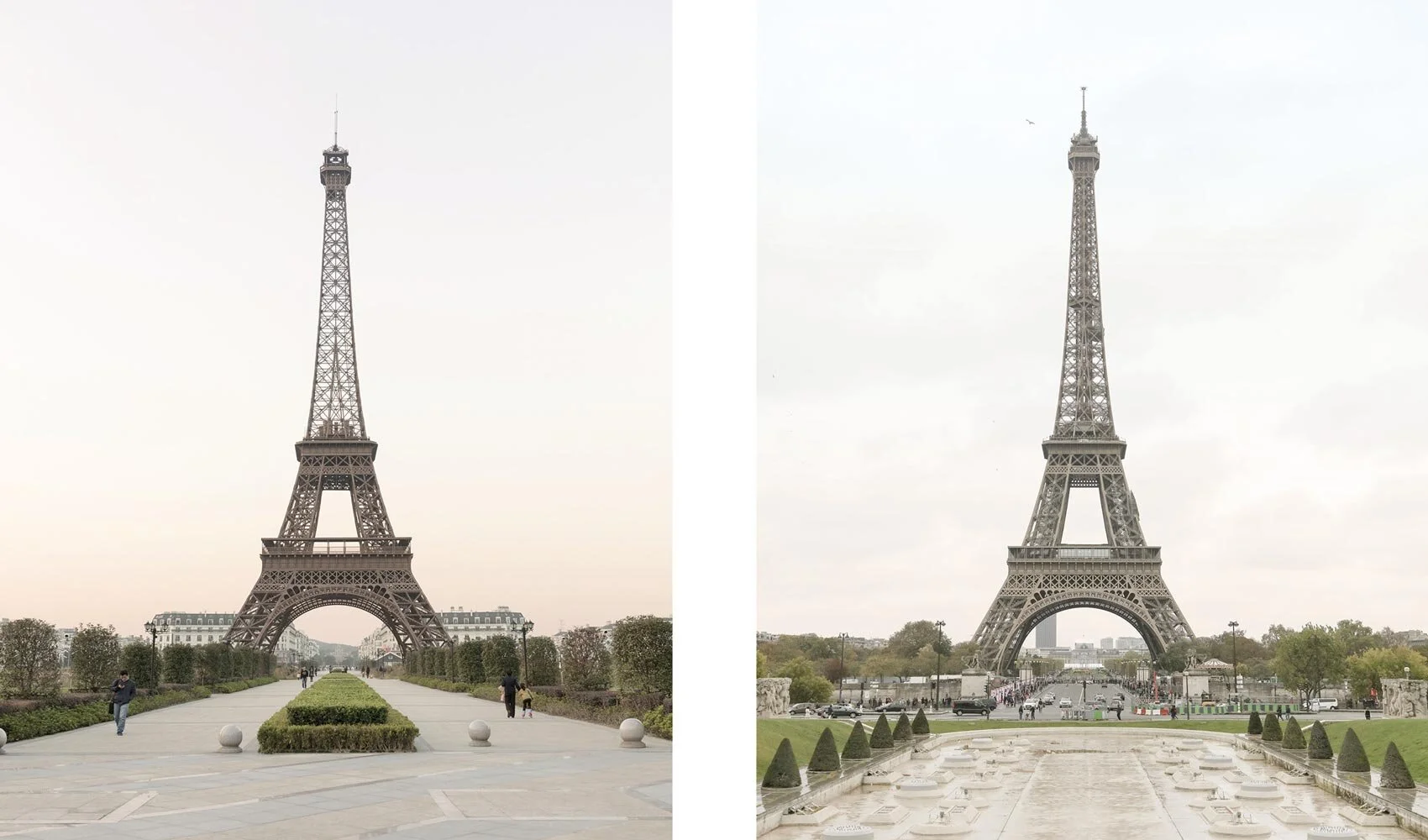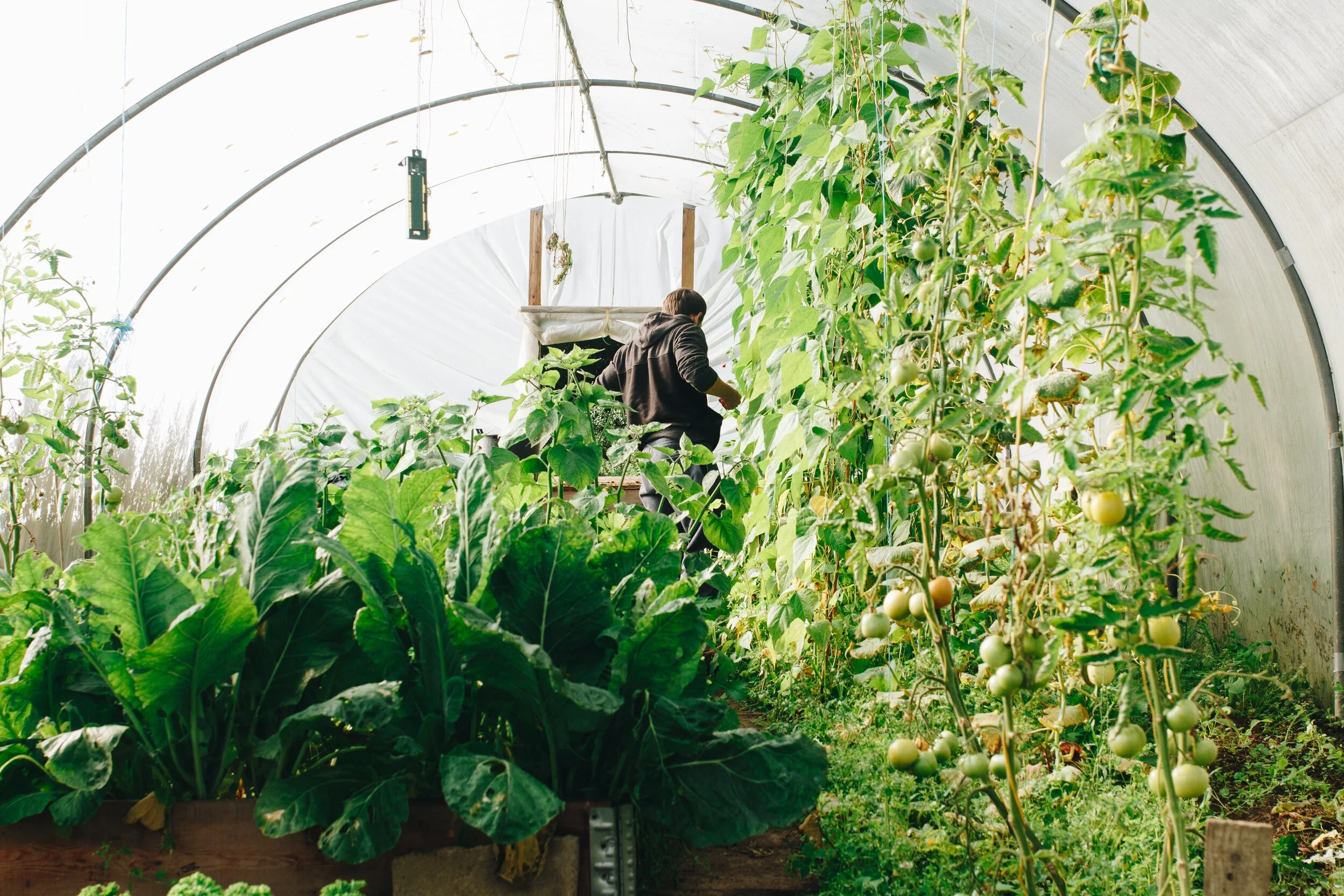Building Identity: The Revival of Jewish Life in Budapest
The Jewish Quarter of Budapest is a study in contrasts. A brightly-coloured, Moorish-style synagogue designed by a German architect. A cramped Judaica store run by the grandson of Holocaust survivors. A trendy bar named Mazel Tov that serves up Hungarian-Jewish fusion cuisine in a formerly abandoned building. Populating the streets are hordes of tourists on free walking tours. They listen intently as their guide recounts the chilling fate of the city’s Jewish community and, in the same breath, excitedly describes the neighbourhood’s vibrant nightlife.
This part of the city is rife with links to the past, threading their way through its narrow and winding streets.
In 1944, following the German occupation of Hungary, tens of thousands of Jews were forced to take part in death marches. Many did not survive the journey - they were shot and killed by SS guards along the way or else succumbed to cold exposure and starvation - and those who did were deported to concentration camps in Germany and Austria. Those who remained in Budapest were ordered into a closed ghetto in the Jewish Quarter. In 1945, shortly before the end of the war, as many as 20,000 Jews were forcibly removed from the ghetto and executed along the bank of the Danube by members of the Arrow Cross Party. Today, a moving sculpture entitled Shoes on the Danube stands on the site of this tragic event.
The Jewish Quarter fell into disrepair after the war but, consistent with the pattern of decay and renewal observed in cities around the world, its remnants became the foundation for a resurgence of economic, social, and cultural life.
In the early 2000s, young people began to transform abandoned buildings in the neighbourhood into bars, restaurants, and countercultural community spaces. Today, these “ruin pubs” are a major attraction for locals and tourists alike.
A living city must be open to change, allowing individuals and communities to continually reshape their surroundings according to their own needs and desires. But in Budapest, where the persecution of the past physically forms the basis for its present-day success, how can the city and its people navigate historical trauma?
In part, this process has been facilitated by a budding revival of Jewish culture among younger generations. Fearing anti-Semitism, many Holocaust survivors who remained in Europe after the war concealed their Jewish identity from those around them, including their own children and grandchildren. As they reached old age, some shared the secret they had kept to themselves for decades. Budapest’s Jewish Quarter subsequently became a site of renewed significance, as twenty-somethings who learned of their heritage flocked to the area to explore what Jewishness meant to them.
As a visitor, I saw a trendy neighbourhood marked by fading connections to its dark history. But my tour guide, who herself found out she was Jewish when her grandmother was on her deathbed, explained that places like the Dohany Street Synagogue are more than memorials to a vanished community. Instead, they are spaces of active cultural engagement.
Marom is one of several grassroots Jewish organizations that have recently emerged in Budapest. Founded by a group of university students, it regularly hosts cultural events, including an annual festival of art, music, theatre, and discussions in venues across the Jewish Quarter. Marom has since established a community hub just outside the neighbourhood based on principles of participatory democracy and collaboration. Aimed at strengthening civic engagement in Budapest, Aurora also houses a number of NGOs, including Budapest Pride and the Roma Press Center.
While vulnerable to threats posed by commercialization, gentrification, and the alarming rise of nationalist and anti-Semitic political parties like Jobbik, young people have made it clear that the revitalization of Jewish life in today’s Budapest is not just inward-facing. Rather, it extends outward to the city and its people, fostering dialogue, cultural exchange, and support between marginalized groups. It is the built environment - the spaces in which their ancestors lived, worked, and prayed - that tethers the past to the present, providing a rich context for the flourishing of Jewish identity and community.
Header image courtesy of holdosi.






